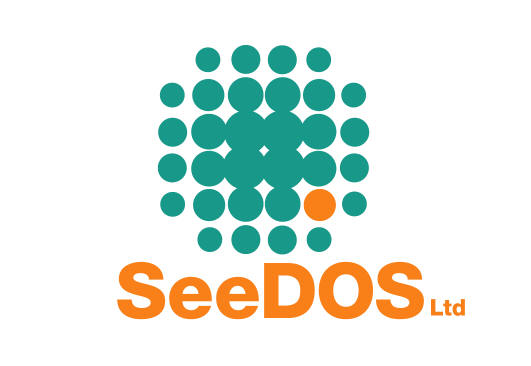Literature
Ash D, et al: ESTRO/EAU/EORTC recommendations on permanent seed implantation for localized prostate cancer. Radiotherapy and Oncology 57, 2000, 315-321,
info
Blasko JC, et al: Brachytherapy for carcinoma of the prostate: techniques, patient selection, and clinical outcomes. Seminars in Radiation Oncology 12(1),2002, 81-94, info
Blasko JC, et al: Brachytherapy for Prostate Cancer: ASTRO Refresher Course No 310C, 2000
Ciezki JP, et al: Cost comparison of radical prostatectomy and transperineal brachytherapy for localised prostate cancer. Urology 55 (1), 2000, 68-72, info
Henkel, et al: Permanent Seed Implantation of the Prostate, an update for 2000; ESTRO 2000 Poster Session
Merrick, et al: Permament prostate brachytherapy: Do Prostatectomy and External beam Measure Up? J Brachytherapy Int. Vol 17, 2001
Nag S, et al: American Brachytherapy Society (ABS) recommendations for transperineal permanent brachytherapy of prostate cancer. Int J Radiat Oncol Biol Phys 44(4), 1999, 789-799, info
Potters, et al: Permanent prostate brachytherapy: Lessons learned, lessons to learn. Oncology 2000, (14) (7), info
Ragde H, et al: Ten-year disease free survival after transperineal sonography-guided iodine-125 brachytherapy with or without 45-gray external beam irradiation in the treatment of patients with clinically localized, low to high Gleason grade prostate carcinoma. Cancer, 83, 1998, 989-1001,
info
Ragde H, et al: 12-Year follow-up after transperineal brachytherapy of localized prostate cancer [abstract]. J Urol. 2000; 163(suppl), 336-337. Abstract 1493.
Stone NN and Stock RG: Permanent Seed Implantation for Locolized Adenocarcinoma of the Prostate. Current Urology Report 2002, 3:201-206, info
Vicini FA, et al: An interinstitutional and interspeciality comparison of treatment outcome data for patients with prostate carcinoma based predefined prognostic categories and minimum follow-up. Cancer (in press, for publication accepted in April 2002),
info
Wirth MP, et al: Empfehlungen zur Durchführung der alleinigen, permanenten interstitiellen Brachytherapie beim lokal begrenzten Prostatakarzinom, Strahlenther Onkol (No 2), 2002, 178: 115-119, info
Further literature on prostate
brachytherapy and other topics is available in the SeeDOS Bibliography |
